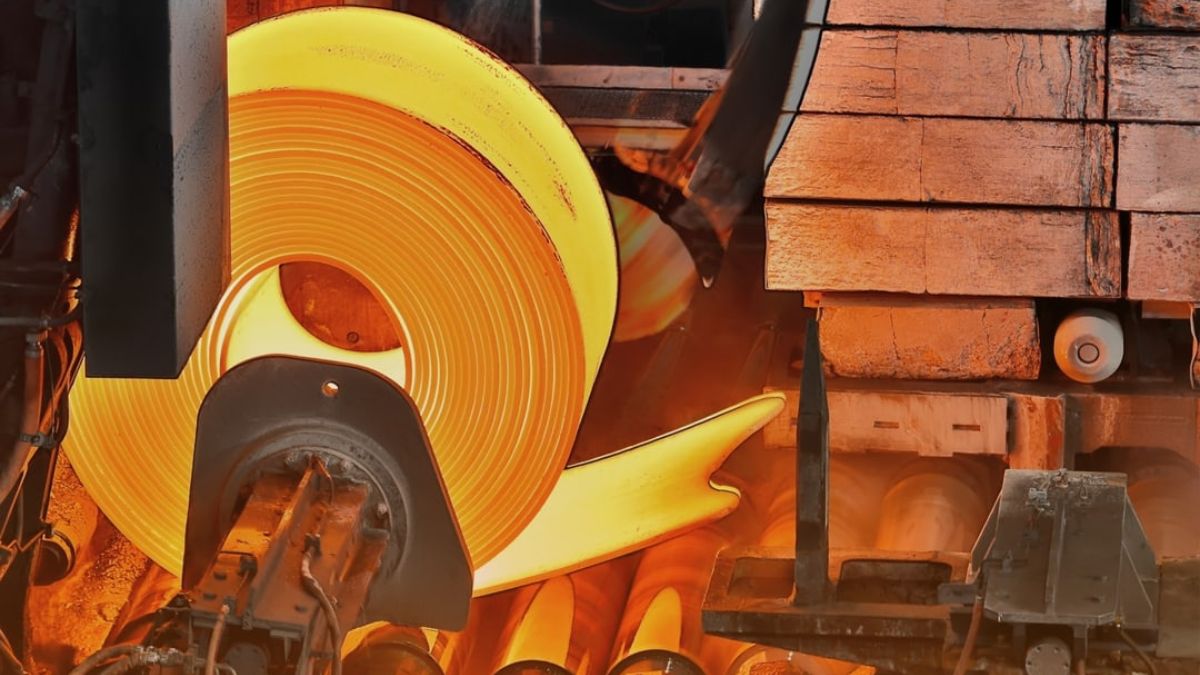Computer vision is one of the most exciting fields in artificial intelligence (AI), with immense potential to revolutionize industries and enhance everyday life. From facial recognition to self-driving cars, this technology allows machines to make sense of the visual world in ways that mimic human perception.
But what exactly is computer How does it work? And how is it transforming businesses across the globe? This blog post breaks it down for you, exploring the fundamentals of computer , its applications, and its future potential.
What Is Computer Vision?
At its core, computer vision is a field of AI that trains computers to interpret and understand visual information from the world around us. Using images, videos, and other visual inputs, computer systems can analyze, process, and then act on what they “see.”
The goal is to replicate human sight in machines—but with a level of speed and precision that far exceeds our own capabilities. Whether it’s identifying objects in a photo, tracking movements in a video, or detecting anomalies in medical images, computer brings unparalleled efficiency to tasks that traditionally require human interpretation.
How Does Computer Vision Work?
Building a computer vision system involves combining several element of AI, deep learning, and neural networks. Here’s a simplified breakdown of how it works:
- Data Acquisition
Computers first gather raw visual data in the form of images or videos via cameras or sensors.
- Image Processing
Next, the visual data is processed. This involves converting it from raw pixels into specific patterns or features that can be analyzed by algorithms.
- Feature Extraction
Special algorithms identify critical components in the image. For example, in facial recognition, features like the eyes, nose, and mouth are mapped out.
- Deep Learning Models
Using neural networks, the system learns to recognize objects, make distinctions, or find patterns. The more data it’s fed, the more accurately it can recognize or predict.
- Making Decisions
Once an image or pattern is understood, the computer makes a decision or recommendation based on its training. For instance, it could classify the image, trigger an alert, or perform a specific action.
5 Game-Changing Applications of Computer Vision
Computer vision has enormous potential in multiple industries. Here are five ways it’s already creating a lasting impact:
1. Facial Recognition
From unlocking smartphones to airport security systems, facial recognition is a household example of computer at work. By analyzing the unique features of a face, this technology is used for identity verification, targeted advertising, and even personalized healthcare.
2. Autonomous Vehicles
Self-driving cars rely heavily on computer to “see” the road. Cameras and sensors equipped with computer detect objects like pedestrians, traffic lights, and road signage, enabling vehicles to make real-time decisions. Companies like Tesla and Waymo are leading the way in using this technology to create safer roads.
3. Healthcare Diagnostics
Computer vision is a game-changer in healthcare. It’s being used to analyze medical images like X-rays, MRIs, and CT scans to detect diseases with incredible accuracy. For instance, AI systems can identify cancerous cells in images faster than human doctors, offering earlier and more effective treatment options.
4. Retail and E-Commerce
Retailers are tapping into computer to improve the customer experience. Smart shelves equipped with cameras can monitor inventory and restock seamlessly. Similarly, e-commerce platforms use visual search tools that allow users to find products by uploading photos instead of searching via text.
5. Agriculture
Yes, even agriculture is getting an AI-driven upgrade! Computer vision is being used to monitor crop health by analyzing drone-captured images. This helps farmers detect diseases, track growth stages, and optimize yields while minimizing costs.
Benefits of Computer Vision
Why is computer vision so powerful? Aside from its versatility across industries, several key benefits make it invaluable:
- Automation: It reduces reliance on human labor for repetitive or time-consuming tasks.
- Enhanced Accuracy: Computer systems can detect nuances and patterns that may go unnoticed by human eyes, reducing errors.
- Faster Decisions: Machines can process visual information and act on it in fractions of a second.
- Scalability: Once trained, these systems can handle massive data volumes without fatigue.
- Cost Savings: While initial setup can be expensive, computer often leads to significant cost cuts by improving efficiency and automation.
Challenges Facing Computer Vision
While computer vision sounds revolutionary, it’s not without challenges.
- Data Quality and Volume
High-quality data is essential for training models. If the images or videos used are blurry, biased, or limited, the system’s performance will suffer.
- Ethical Concerns
Facial recognition and surveillance applications raise important privacy concerns. How data is stored, used, and protected is a hot topic of global debate.
- Computational Power Requirements
Analyzing large-scale visual data requires immense computational resources, which can be costly.
- Real-World Variability
Lighting, weather, and other unpredictable factors can affect accuracy when applying computer in dynamic environments.
What’s Next? The Future of Computer Vision
The field of computer vision is rapidly advancing, with endless opportunities for innovation. Here are some trends to watch in the coming years:
- Edge Computing: Instead of relying on cloud services, AI systems are moving closer to devices, making real-time decisions faster.
- Augmented Reality (AR): AR applications with computer vision will redefine how we shop, learn, and interact with the virtual world.
- Cross-Domain Learning: Improved AI models will be capable of outperforming humans in industries like safety inspections and creative arts.
- Industry-Specific Advancements: Personalized applications in industries like mining, fashion, and education will continue to expand.
Harness the Power of Computer Vision
Whether you’re an entrepreneur looking to automate tasks, or a tech enthusiast curious about AI, computer vision is a field worth exploring. Its ability to emulate—and often outperform—human vision opens doors to previously unimaginable possibilities.
If you’re ready to learn how AI can revolutionize your business processes, start by exploring platforms that offer pre-trained models and tools to set up your very own computer system.
FAQs
What is computer vision?
Computer vision is a field of artificial intelligence that enables machines to interpret and understand the visual world through images and videos. By using advanced algorithms, computer systems can identify patterns, recognize objects, and make decisions based on visual data.
What industries benefit from computer vision?
Computer vision has applications across numerous industries, including healthcare, retail, manufacturing, agriculture, and transportation. For example, it is used in medical imaging for diagnosis, in warehouses for inventory tracking, and on farms for crop monitoring.
Do I need coding experience to use computer vision tools?
Many computer vision platforms provide user-friendly interfaces and pre-trained models that require little to no coding. However, having some basic programming knowledge can help you customize and optimize these tools for specific use cases.
How can I start implementing computer vision for my business?
You can start by identifying tasks within your business that involve repetitive visual processing, such as quality control or data analysis. Then, explore AI platforms offering pre-trained computer models or consult experts to develop custom solutions tailored to your needs.









